Search results for: “parkinson's”
-
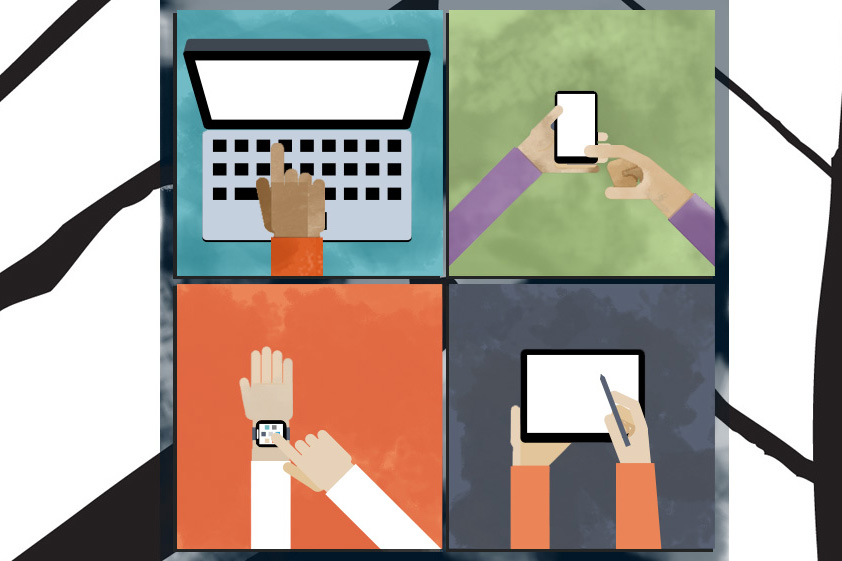
Keystroke patterns to detect early Parkinson’s
Madrid-MIT M+Vision Consortium researchers used keystroke patterns to diagnose motor function impairing conditions, such as Parkinson’s disease. In a Scientific Reports paper, they described their algorithm’s ability to distinguish keystroke patterns of sleep deprived typers, and rested typers. A study of 24 Parkinson’s patients suggested that the keystroke algorithm can also distinguish people who have the disease from…
-

Skin biopsy could detect Alzheimer’s, Parkinson’s
University of San Luis Potosi‘s Ildefonso Rodriguez-Leyva is developing a skin test for Parkinson’s and Alzheimer’s diseases that detects elevated levels of characteristic proteins. Based on the hypothesis that that skin is essentially the same as brain tissue, originating from the same source during fetal development, the test might identify biomarkers to help diagnose the diseases…
-
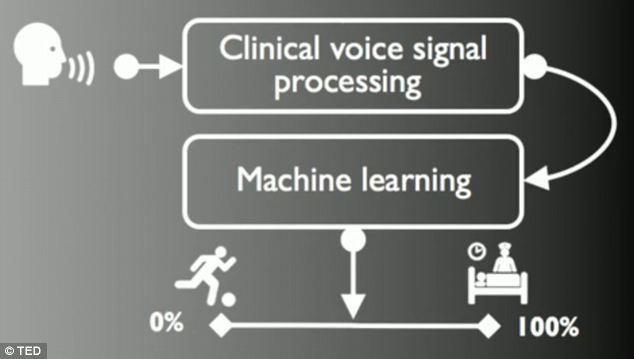
Smartphone tests detect Parkinson’s
In a recent study, MIT Media Lab‘s Max Little used machine learning tools to indicate early Parkinson’s Disease in a group of smartphone users. Phones were given to Parkinson’s patients and a healthy control group. The built in accelerometer enabled Little to distinguish between those with and with out the disease with 99% accuracy. The detection method relied…
-
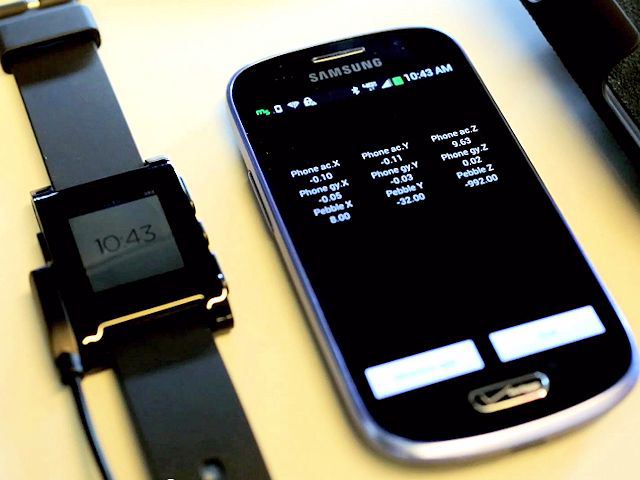
Wearable and app for Parkinson’s tracking
Intel and the Michael J. Fox Foundation have combined smartwatches with analytics software to gauge the impact of Parkinson’s medications. (Intel press release here.) 25 clinical trial participants wore (originally crowdfunded) Pebble watches to track tremors, gait, sleep patterns and other indicators for four days. 300 data points per second per patient were relayed to the…
-
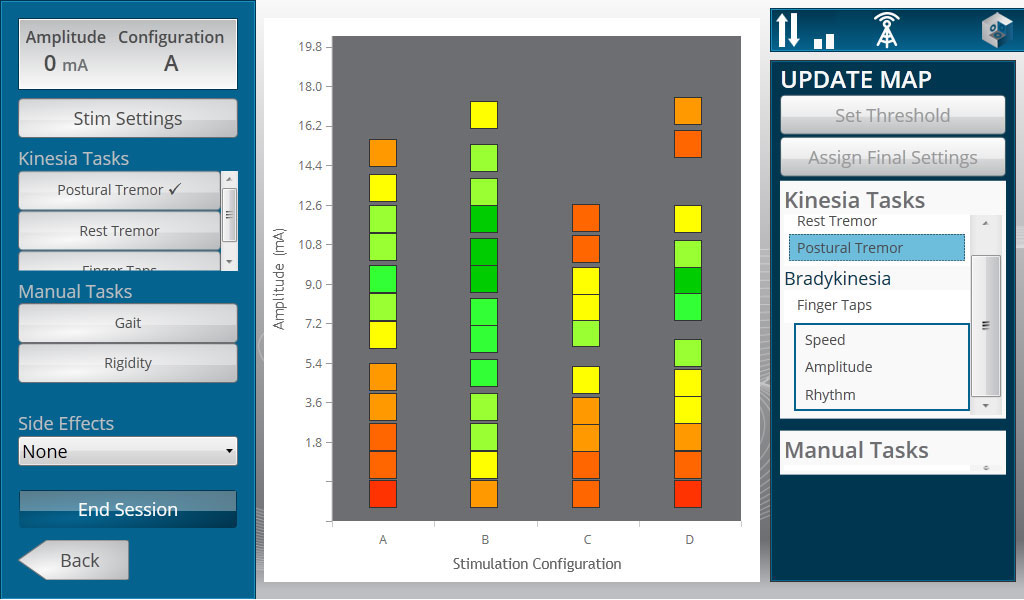
Wearable sensors monitor Parkinson’s symptoms
Kinesia’s HomeView and ProView technologies provide standardized platforms to quantify Parkinson’s disease symptoms in the clinic and at home. Physicians have the tools to quantify tremor, assess dyskinesia and measure bradykinesia remotely. A patient uses a take home kit, programmed to specific symptoms and treatments,to complete motor tests several times a day. The patient can also enter…
-
Nerve impulse sensor exoskeleton assists paraplegics, Parkinson’s, stroke patients
http://www.dw.de/standing-again-with-nerve-controlled-robotics/a-17280419 Professor Thomas Schildhauer leads a team at Bergmannsheil University Clinic’s “Center for Neuro-Robotic Mobility Training” that uses nerve impulse sensors to help patients walk again. A robotic exoskeleton with sensors affixed to the hips and legs gives paraplegics, Parkinson’s and stroke patients a sense of stability during ambulatory exercises. The robot suit contains numerous sensors that…
-
Gait sensor for Parkinson’s patients could prevent falls
http://www.scientificamerican.com/article.cfm?id=could-a-simple-ankle-sensor-help-with-parkinsons-symptoms University of Alabama professor Emil Jovanov is developing a sensory cue device to detect freezing of gait episodes that lead to falls and serious injuries. It uses sensors embedded in a shoe or attached to the ankle. As soon as the system senses a gait freeze, it transmits an auditory cue (such as the…
-
Eye tracking data helps diagnose autism, ADHD, Parkinson’s
http://www.scientificamerican.com/article.cfm?id=eye-tracking-software-may-reveal-autism-and-other-brain-disorders USC’s Laurent Itti and researchers from Queen’s University in Ontario have created a data heavy, low cost method of identifying brain disorders through eye tracking. Subjects watch a video for 15 minutes while their eye movements are recorded. An enormous amount of data is generated as the average person makes three to five saccadic…
-
Machine learning algorithms analyze mobile phone data for Parkinson’s research
http://mobihealthnews.com/22076/michael-j-fox-foundation-takes-first-step-toward-crowdsourced-research/ The Michael J. Fox Foundation is exploring how data sourced from mobile phones and analyzed with machine learning algorithms can improve Parkinson’s research. The research was crowdsourced via a public competition. The initial study included 16 individuals — nine patients, seven control. For 8 weeks, 4-5 hours per day, each carried a smartphone with seven…
-

Carbon nanotube sensor precisely measures dopamine
Ruhr University professor Sebastian Kruss, with Max Planck researchers Sofia Elizarova and James Daniel, has developed a sensor that can visualize the release of dopamine from nerve cells with unprecedented resolution. The team used modified carbon nanotubes that glow brighter in the presence of the messenger substance dopamine. Eizarova said that the sensor “provides new…
-
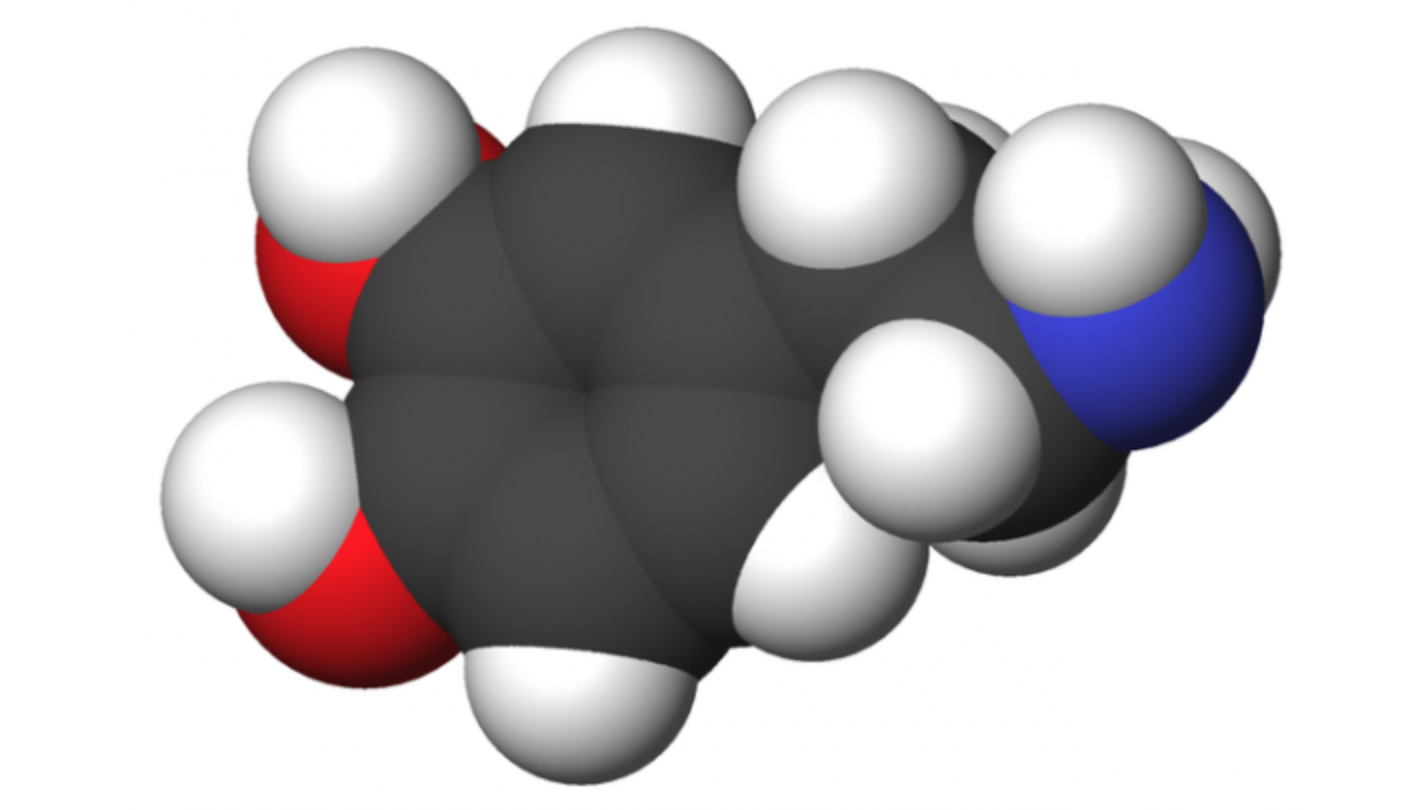
Sensor platform detects dopamine in sweat; could be used for future treatment
Penn State’s Aida Ebrahimi and Maurico Terrones, RPI’s Humberto Terrones, and colleagues, have developed a highly sensitive, non-invasive wearable Dopamine sensor platform. The goal is the use of the technology to develop wearable sensors able to track and eventually treat conditions caused by too much (ie schizophrenia) or too little (ie Parkinson’s, depression) dopamine. The…
-

Joe Wang on next-generation biosensors
Joseph Wang is the SAIC Endowed Chair professor, Chairman of the NanoEngineering Department and Director of the Center for Wearable Sensors at University of California, San Diego, and Editor-in-chief of the journal Electroanalysis. A prolific researcher with more than 1,200 papers and 100,000 citations, he recently developed an ultrasound patch to monitor blood pressure; self-propelled and targeted drug delivery; and continuous…